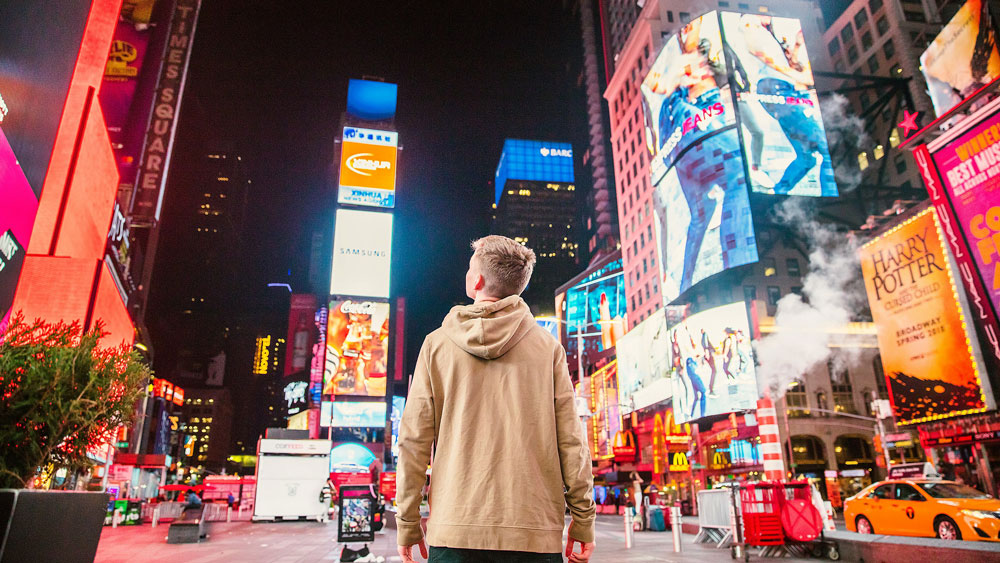Driving home from a customer last week, I caught a glimpse of a digital billboard—the kind that flashes eight different ads per minute. From a cost and aesthetic perspective, these backlit displays are a big step up from the old paperhanger versions. But I wondered: What do drivers actually see and remember?
|
ADVERTISEMENT |
Curious, I pulled over and watched the traffic. At the speed limit, a passing driver would catch only one of the eight ads—if they were lucky. Some ads were short, sharp, and visually memorable. Others? They looked like bad PowerPoint slides—dense, cluttered, and hard to read even while standing still. Clearly, using this medium well takes skill.
Fact is, much of today’s visual world is painted in pixels. Between 2000 and 2025, the price per pixel for flat screens dropped about 99%. Whether on the roadside or in the hallways of factories and offices, flat-screen technology is everywhere, transforming how we share data and graphics. But is it transforming things for the better?
…

Add new comment